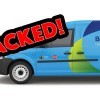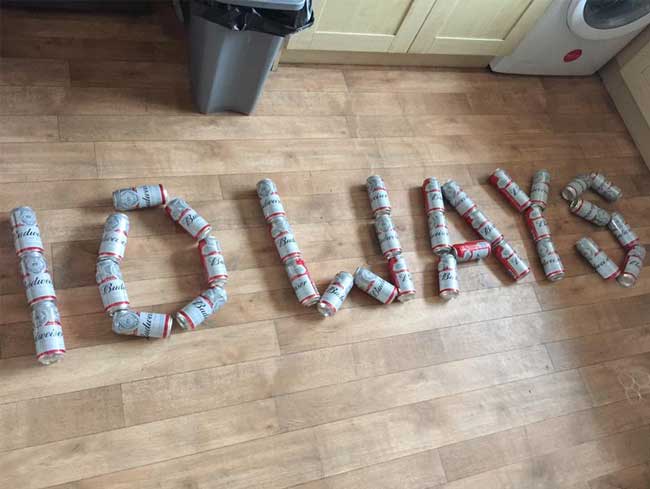Attention Teachers: Score Big Savings with Your Blue Light Card!
Are you a teacher looking to save money on everyday purchases? Thanks to a new expansion of the Blue Light Card, teachers can now enjoy fantastic discounts at popular stores like Asda, Starbucks, and many more!
What is the Blue Light Card?
The Blue Light Card is a popular discount programme originally designed for NHS staff, emergency services, social care workers, and armed forces. This membership provides exclusive savings as a gesture of gratitude for their essential work. Now, teachers can join this programme and enjoy a variety of discounts on well-known brands like Apple, Odeon, and Halfords.
Who Can Apply?
Teachers and support staff working in the following types of schools are eligible for a Blue Light Card:
- State Early Years and Primary Schools
- State Secondary Schools and Sixth Form Colleges
- Special Schools, Vocational Schools, Referral Units, and Centrally Employed
Currently, staff in higher education institutions or private schools aren’t included, but updates could be announced in the future.
Why Teachers are Now Included
Teachers play a vital role in society, yet they often deal with financial pressures, high-stress environments, and modest pay. Extending the Blue Light Card to educators aligns with the programme’s mission to support those in essential community roles.
How to Register for the Blue Light Card
Signing up for a Blue Light Card as a teacher is straightforward, though demand is high:
- Go to the Blue Light Card website and choose “Teachers” from the Services list.
- Verify your identity through one of the following methods:
- Instant email verification: If you’re at a primary school, use your official work email for quick verification.
- Document upload: For other eligible schools, submit a work ID or payslip that displays your name and school. The Blue Light Card team typically reviews applications within seven days.
There’s a £4.99 registration fee, but the potential savings make it worthwhile!
Are Teachers Blue Light Workers?
While teachers aren’t traditionally classified as blue light workers, this expansion highlights their role as key community figures deserving recognition and support. This initiative not only helps teachers financially but also serves as an opportunity for the Blue Light Card programme to grow its membership base.
Top 10 Ways Teachers Can Maximise Their Blue Light Card Benefits
- Grocery Savings: Enjoy discounts at supermarkets like Asda to make your weekly shopping budget stretch further.
- Coffee Perks: Treat yourself to discounted Starbucks drinks and start your mornings on a high note.
- Tech Deals: Save on tech purchases at Apple, whether upgrading your laptop for work or leisure.
- Cinema Discounts: Take advantage of cheaper tickets at Odeon for a fun movie night.
- Automotive Savings: Cut costs on car repairs and maintenance with discounts at Halfords.
- Fashion Finds: Update your wardrobe with discounts from top clothing retailers.
- Home Projects: Tackle DIY tasks with savings on tools and supplies.
- Travel and Leisure: Access deals on travel and leisure activities to enjoy some well-deserved relaxation.
- Health and Fitness: Benefit from reduced rates on gym memberships and wellness products to support a balanced lifestyle.
- Dining Discounts: Enjoy dining out with exclusive savings at various restaurants.
Thousands of teachers are already saving with these incredible discounts. Apply now to start enjoying benefits on everyday essentials and more!




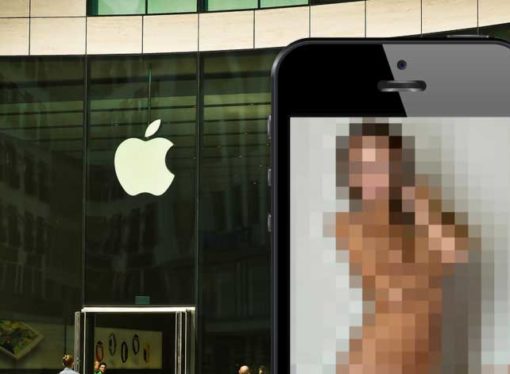



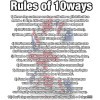






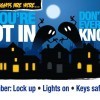
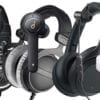




![Learn the rules of glitch hunting [in store]](https://10ways.com/wp-content/uploads/2015/04/22710_445374012166829_825187502_n-100x100.jpg)



